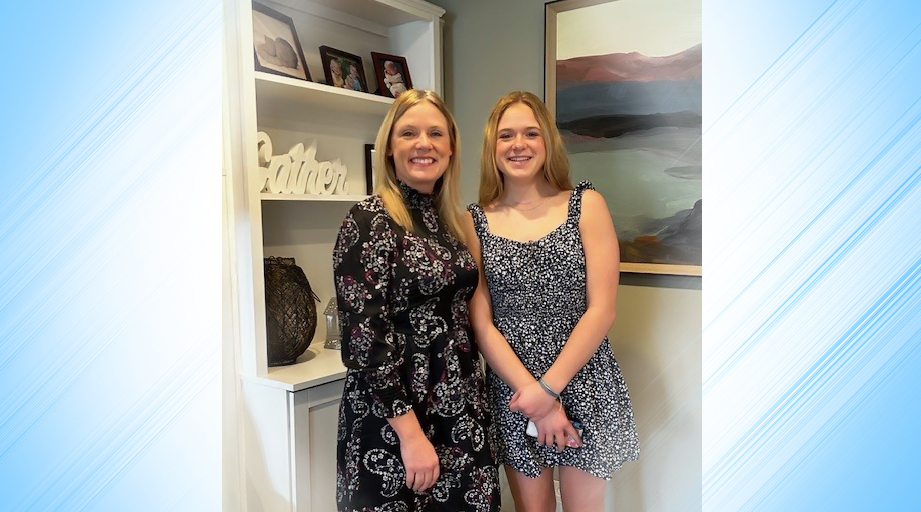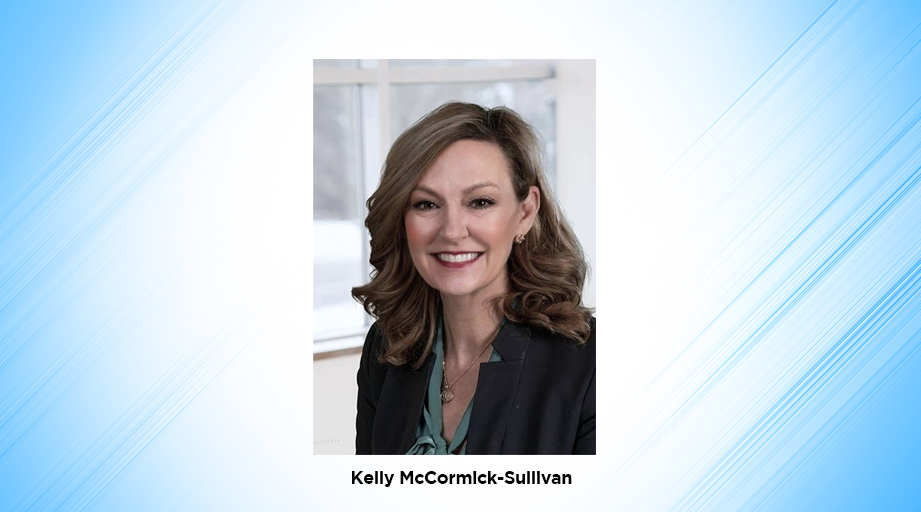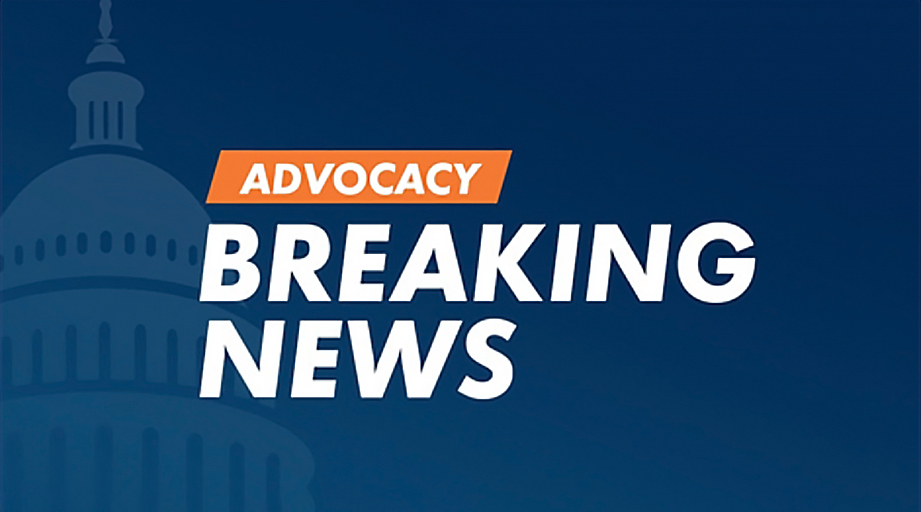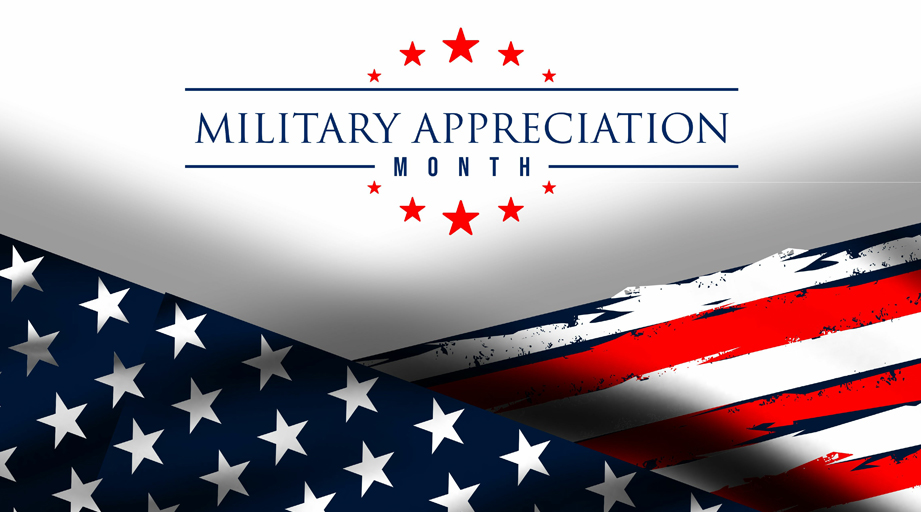
Learn strategies for practicing cultural humility and cultural competency.
A person’s perception of their health is shaped by the beliefs of the racial, ethnic, religious, social, and linguistic communities they belong to. But a patient whose cultural norms fail to align with the dominant values of the healthcare system may have trouble accessing health services, communicating with providers, or pursuing effective self-management.
As examples, presenters of Strategies for Culturally Effective Care: Diverse and Tailored Health Communication and Patient Education offered the Hmong patient who believes their illness is caused by a combination of natural and supernatural causes, or the African American patient who is afraid to take prescribed medications for fear of addiction or side effects.
“When this cultural mismatch combines with low socioeconomic levels and historic [racial and ethnic] discrimination, it can create disparities in health and health care,” said Rebecca Leon, an ambulatory care pharmacist and assistant clinical professor with the University of California, San Francisco (UCSF) School of Pharmacy.
Unconscious biases can surface whenever we interact with people from cultures other than our own, and the patient–provider relationship is no different. This is why healthcare professionals must improve the cultural appropriateness of their communications and patient health education.
“It is our obligation as healthcare providers to become aware of our own biases and take action to mitigate these effects,” said Shirley Wong, an ambulatory care pharmacist and assistant clinical professor at the UCSF School of Pharmacy.
“Effective health communication is just as important a skill as … our clinical abilities,” Leon added.
The session, presented Dec. 7 at the Midyear Clinical Meeting & Exhibition, explored how pharmacists can integrate cultural information into clinical practice, in ways large and small. The speakers encouraged pharmacists to start by learning about the different cultures in their community.
Leon warned attendees against thinking of minority groups as homogenous, however. Vast differences can exist among people depending on their generation, level of acculturation, immigration and citizenship status, and other circumstances. “Stereotypes ignore variations … within a cultural group,” she said.
Practitioners also should attempt to get to know patients before diving into questions about their health or making clinical recommendations, the presenters said. For example, a Latino patient’s uncontrolled diabetes may be rooted in fatalism — the sentiment that “it is up to God what happens” — and the patient may need extra coaching on healthy lifestyle changes and medication adherence. When prescribing for a Chinese patient, a provider should probe for possible interactions with natural herbs that person may be taking.
Best practices for interpersonal communication extend to written patient education materials. Many handouts and pamphlets are too generic to resonate with patients from diverse cultures, and therefore are not persuasive or useful for health decision-making. This could be the culprit if a patient consistently ignores provider recommendations, Leon pointed out.
“When we’re covering the same information over and over, it might just be that we’re not very effective in the way that we’re delivering that information,” she said. “We are not meeting them where they’re at.”
Rote translation of patient education materials is not enough, Leon stressed. The materials must be tailored to increase cultural appropriateness, boost health literacy, and improve health outcomes. She described two types of cultural markers: surface-level (such as depicting familiar people, food, and clothing) and deep (such as incorporating cultural, social, historical, environmental, and psychological forces known to influence that culture).
The presenters recommended the Suitability Assessment of Materials (SAM) instrument as a tool to objectively assess whether health information materials are suitable for a target audience.
Ultimately, culturally effective care is simply good patient care. “Regardless of our patients’ background we should always be respectful of their beliefs, their goals for treatment, and how they perceive their illness,” said C. Samantha Valle-Oseguera, associate clinical professor at UCSF School of Pharmacy. “We should be aiming for this with all our patients, whenever we interact with them.”
For more resources on this topic, visit the ASHP Inclusion Center.









